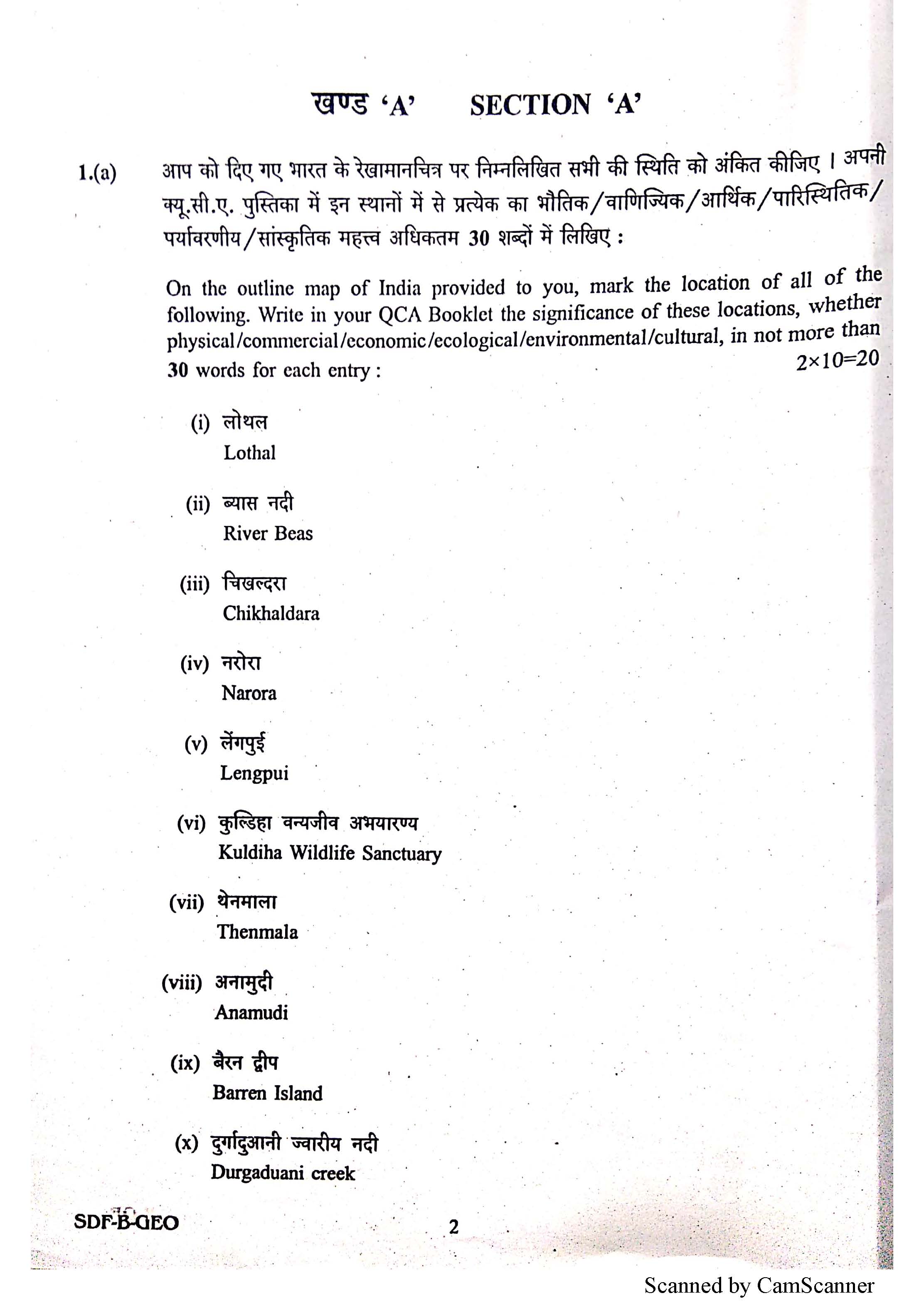


evaluate the ownership of land in ancient India on the basis of literary and epigraphic sources.evaluate the contribution of Puranas in disseminating secular knowledge among the masses in ancient India.The verna concept may always have been largely a theoretical model and never an actual description of society.Social norms for women in the Dharmasastra and Arthasashtra tradition where framed in accordance with the Varnashrama tradition.on the basis of contemporary sources, assess the nature of banking and usuary in ancient India.in the absence of a written script, Chalcolithic pottery gives us a fascinating insight into the culture and lifestyle of the people of those times.discuss the water management and its conservation planning in the harappan (Indus-Saraswati) cities.evaluate various views regarding human settlements is gleaned from the Vedic sources.Site related to a famous Indian philosopher.A Neolithic, Megalithic and Chalcolithic site.Question 1: Identify the following places marked on the map into question cum answer booklet supplied to you and right about short notes of 30 words on each of them in the space provided in the booklet. Any page or portion of the page left blank in the answer book must be clearly struck off. Unless struck off, attempt of a question shall be counted even if attempted partly.


There are EIGHT questions divided in Two Section, Candidate has to attempt FIVE questions in all.History Paper II: Section B (World History).History Paper 2: Section A (Modern India).


 0 kommentar(er)
0 kommentar(er)
